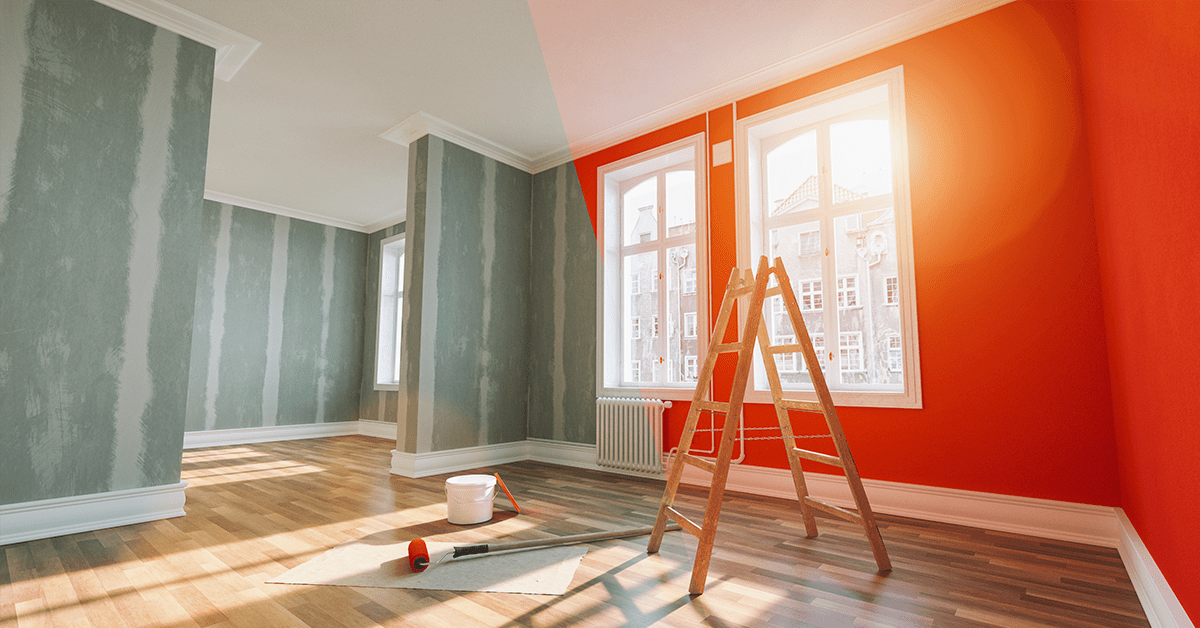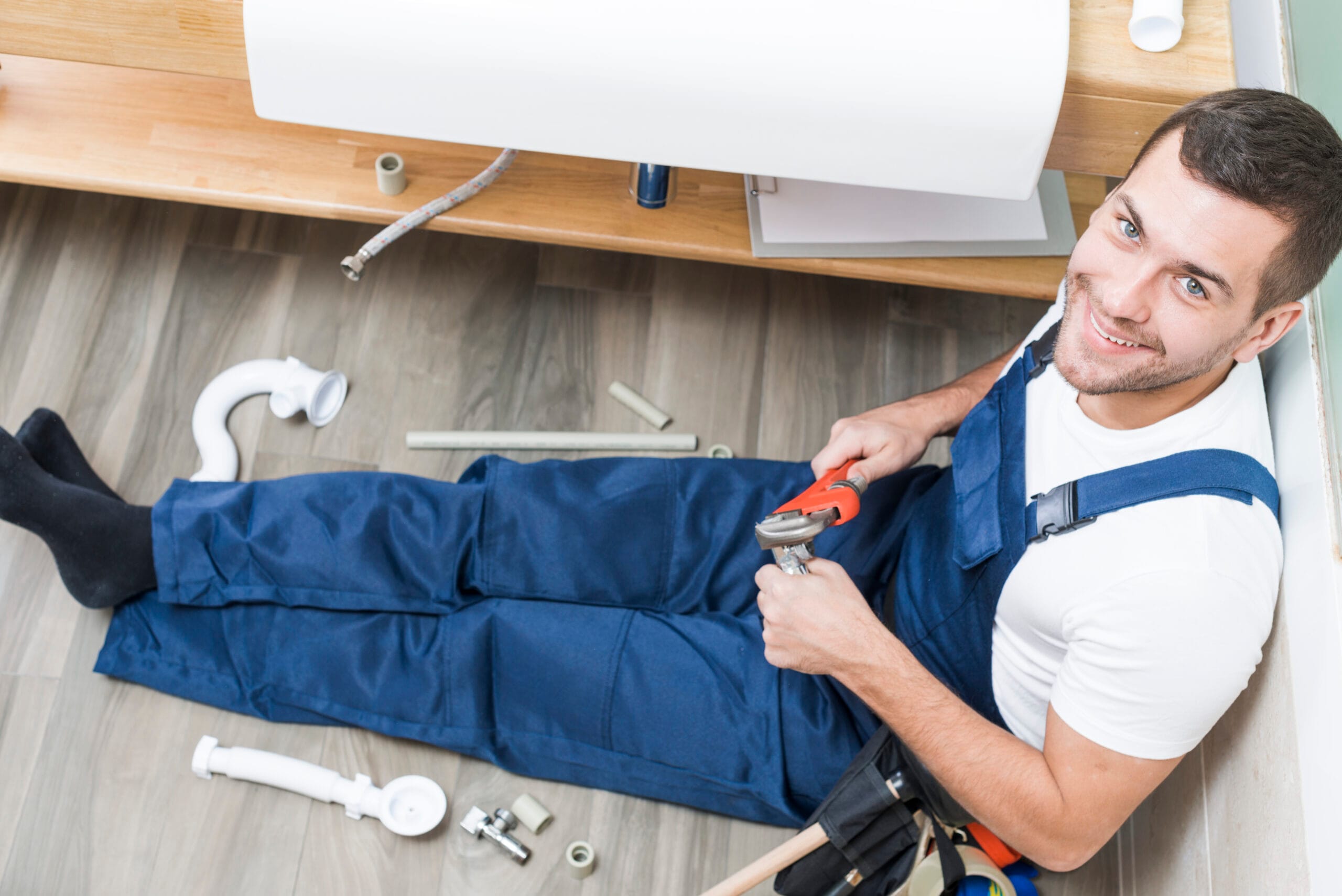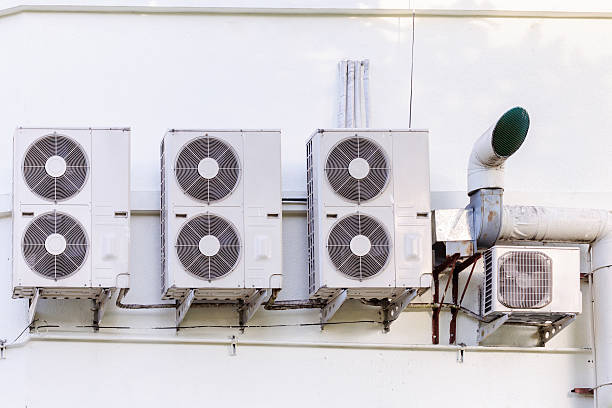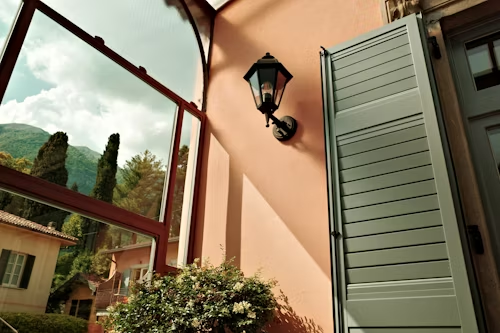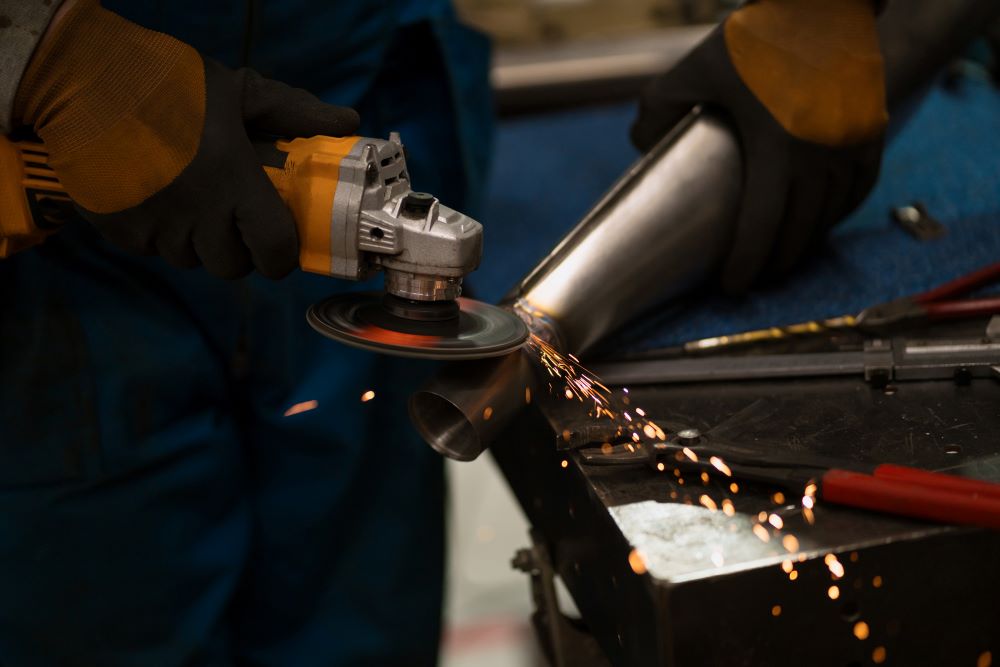There’s nothing more frustrating than stepping into the shower after a long day only to realize there’s no hot water pressure. Hot water pressure problems can arise from a variety of issues, ranging from clogged pipes to faulty water heaters. Regardless of the cause, it’s crucial to resolve the issue quickly to prevent additional inconvenience or possible damage. This article will walk you through the steps to identify and solve the issue when you have no hot water pressure. Additionally, we’ll explain how affordable plumbing and drain cleaning services can effectively address the problem.
Understanding Hot Water Pressure Problems
Hot water pressure issues typically involve a significant drop in water flow or temperature. If the pressure is low in both hot and cold water, the problem might be related to your home’s plumbing system. However, if it’s only the hot water that’s affected, the issue is likely tied to your water heater, pipes, or the plumbing connected to it.
Common Causes of Low Hot Water Pressure
Here are a few common culprits behind low hot water pressure:
Sediment Buildup in Water Heater
Over time, minerals from hard water can accumulate inside your water heater, leading to blockages that affect the pressure. This problem is particularly prevalent in households with hard water. The sediment can prevent hot water from flowing properly, leaving you with a weak stream.
Clogged Pipes or Faucets
If you notice low pressure in just one specific faucet or shower, it could be a localized issue like a clogged aerator or showerhead. This problem often occurs when debris builds up and blocks the water flow.
Faulty or Old Water Heater
An aging or malfunctioning water heater can also result in inadequate hot water pressure. This issue may occur if the internal components of the heater are worn out, or if the heater is simply too old to operate effectively.
Corroded or Leaky Pipes
Over time, pipes in your plumbing system can corrode or develop leaks, especially in older homes. This can cause a reduction in water pressure, including hot water. Leaks in the pipes may also result in water loss, further diminishing the pressure.
What to Do When You Have No Hot Water Pressure
Step 1: Check for Blockages
If you notice low hot water pressure only in certain areas of your home (e.g., just the shower or a kitchen faucet), it may be due to a blockage in the faucet or showerhead. For faucets, remove the aerator and clean it out. If you find buildup, soak the parts in vinegar overnight and scrub them clean with a brush. For showerheads, you can clean them by soaking them in vinegar for a few hours or leaving them overnight.
In cases where multiple fixtures are affected, the issue may lie deeper in your plumbing system. It’s a good idea to inspect the pipes for any obvious signs of corrosion or leaks.
Step 2: Examine the Water Heater
The next step is to assess your water heater. If you think it’s the source of the issue, begin by verifying the temperature setting. If it’s set too low, adjust it to ensure proper heating. If the temperature appears correct, try flushing the water heater to eliminate any sediment buildup. Over time, minerals can collect in the bottom of the tank, which can block the flow of water and reduce pressure. Flushing the heater will clear out the debris and restore the pressure.
If these steps don’t work and your water heater is old or damaged, it may be time to replace it. A skilled plumber can evaluate the condition of your heater and recommend whether it requires repair or replacement.
Step 3: Call an Affordable Plumber
If basic troubleshooting doesn’t resolve the issue, it’s best to call an experienced plumber. Budget-friendly plumbers provide services to identify and resolve plumbing issues at an affordable cost. They have the right tools and expertise to locate the root cause of low hot water pressure, whether it’s related to the water heater, plumbing pipes, or leaks. A plumber will also help with any necessary repairs or replacements, from fixing faulty pipes to installing a new water heater. Contacting a professional can help you save time and prevent further damage to your plumbing system.
Step 4: Drain Cleaning Services
Sometimes, low hot water pressure is caused by clogged or obstructed drain lines. While this may seem unrelated to water pressure, blocked drains can lead to issues with water flow throughout your plumbing system. When wastewater cannot flow properly, it can create a backup that affects both cold and hot water pressure.
In such cases, drain cleaning services can help. A professional plumber will use advanced tools, such as hydro-jetting or drain snakes, to clear out the blockages. This service not only improves water flow but also helps prevent future clogs from forming, which could lead to recurring pressure issues.
Step 5: Address Pipe Corrosion and Leaks
If you live in an older home, corroded pipes or leaks may be the culprit. Over time, pipes degrade, especially those made of galvanized steel, which can lead to pressure issues. In this case, a plumber may need to replace or repair sections of your pipes to restore normal water flow. Leaks can also cause water loss, further reducing the pressure. If you suspect a leak, it’s crucial to reach out to a professional plumber immediately to prevent water damage and ensure a quick resolution of the issue.
Conclusion
Having no hot water pressure can be a major inconvenience, but by following the steps outlined above, you can troubleshoot the issue and get your water pressure back to normal. Whether it’s cleaning out a faucet, flushing your water heater, or calling an affordable plumber for help, taking swift action can prevent the problem from worsening. And, don’t forget that drain cleaning services can be a key part of the solution if clogged pipes are affecting water flow.
Remember, for complex plumbing issues, it’s always best to contact a licensed and affordable plumber to ensure the job is done right and at a reasonable cost. By addressing the issue quickly, you can enjoy consistent water pressure and avoid any unnecessary headaches down the road.







